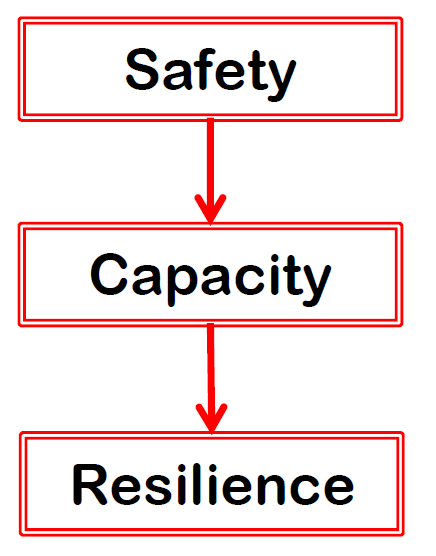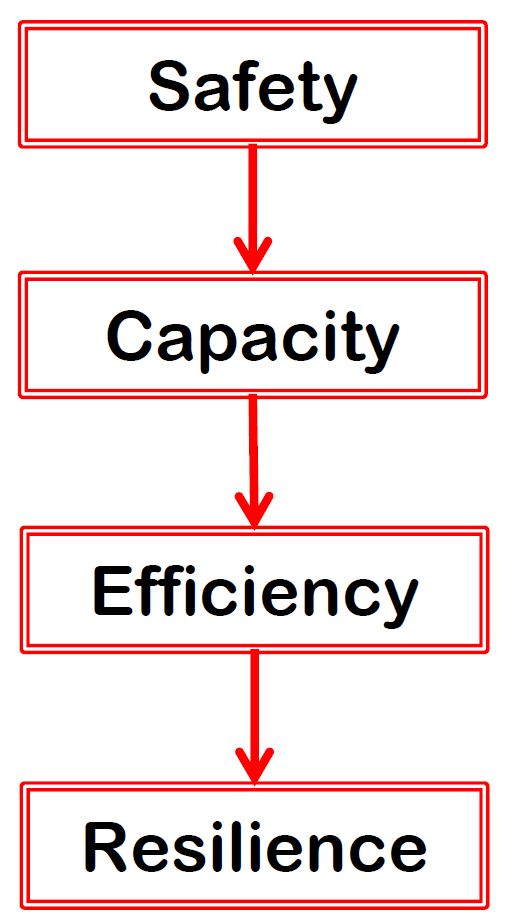Changes are being made to ensure energy efficiency is incorporated into electrical installation designs as a prerequisite rather than just as an aspiration. Here is a brief explanation of the design hierarchy introduced by IEC 60364-8-1

A new harmonised document, IEC 60364-8-1 Low Voltage electrical installations – Part 8-1: Energy Efficiency, considers design and maintenance from the context of reducing inefficiency in electrical installations, whilst adhering to safety and operational control. It is likely that IEC 60364-8-1 will be of interest to users of BS 7671 as energy efficiency is of increasing importance to UK electrical installations.
Cameron Steel, author of the recently published Designer’s Guide to Energy Efficient Electrical Installations, explains the new design hierarchy introduced by IEC 60364-8-1.
Design hierarchy
Ensuring that an installation is safe enough to allow satisfactory operations and has sufficient capacity for existing needs has typically been enough for most installations. Some installations, with safety critical operations, may also have considered resilience to avoid single points of failure and provide system continuity. This means that, until relatively recently, the traditional model of an electrical installation design hierarchy would have been:
Fig. 1

Energy efficiency updates the hierarchy of design, and that affects the operation of electrical installations. The traditional design hierarchy will change to this:
Fig. 2

There is a change of emphasis to incorporate energy efficiency into electrical installation designs as a prerequisite rather than just as an aspiration. An energy efficient electrical installation has many potential benefits:
- less impact on the environment generally;
- reduces energy losses and hence lowers energy costs;
- uses energy when it is required and potentially at a lower (off-peak) tariff;
- less reactive maintenance due to the adverse effects of heat loss; and
- optimises the electrical system performance throughout its life cycle.
IEC 60364-8-1 considers various factors for electrical efficiency in installations, including:
- the efficient placement of the electrical intake;
- the efficiency of the electrical distribution wiring system;
- the type of controls to avoid wasteful use of loads;
- how and where to provide energy measurement;
- how and what type of loads can be switched off without affecting user safety, function or comfort;
- energy management of electrical systems; and
- the impact of maintenance on the efficiency of electrical systems.
This article originally appeared in the Autumn 2016 issue of the IET's Wiring Matters magazine, and included information about design requirements. The full article is available online. More information about energy efficiency is covered in the Designer’s Guide to Energy Efficient Electrical Installations.
